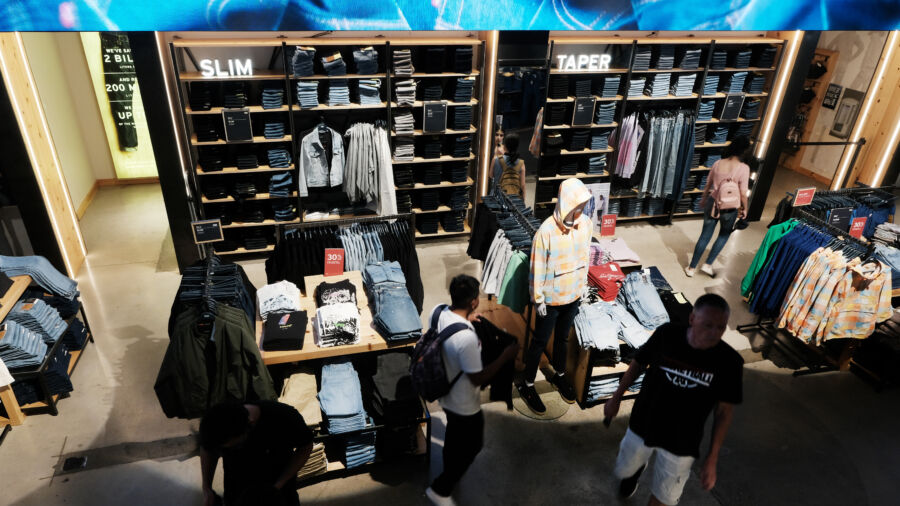WASHINGTON—U.S. retail sales increased more than expected in July as Americans boosted online purchases and dined out more, suggesting the economy continued to expand early in the third quarter and keeping a recession at bay.
Retail sales jumped 0.7 percent last month, the Commerce Department said on Tuesday. Data for June was revised higher to show sales rising 0.3 percent instead of the previously reported 0.2 percent.
Economists polled by Reuters had forecast retail sales would climb 0.4 percent. Retail sales are mostly goods and are not adjusted for inflation. They likely received a boost from Amazon’s Prime Day promotion last month.
Demand has remained resilient despite the Federal Reserve’s aggressive interest rate hikes to tame inflation, thanks to strong wage gains from a tight labor market.
Receding inflation is lifting consumers’ purchasing power. Households are also taking on debt to fund purchases.
Though lower-income households have exhausted excess savings accumulated during the COVID-19 pandemic, there remains a decent chunk of money stashed away to support consumer spending.
With inflation ebbing, most economists believe the Fed is probably done raising rates, and they are increasingly warming up to the idea that the U.S. central bank could steer the economy towards a “soft landing” rather than the recession that they had been forecasting since last year.
The Fed has since March 2022 raised its benchmark overnight interest rate by 525 basis points to the current 5.25 percent–5.50 percent range.
Excluding automobiles, gasoline, building materials, and food services, retail sales surged 1.0 percent in July. Data for June was revised lower to show these so-called core retail sales increasing 0.5 percent instead of the previously reported 0.6 percent.
Core retail sales correspond most closely with the consumer spending component of gross domestic product.
Consumer spending accounts for more than two-thirds of the U.S. economy. Though consumer spending slowed in the second quarter from the robust pace of the first quarter, the increase was enough to help guide the economy to a 2.4 percent annualized growth rate in the April–June period.


